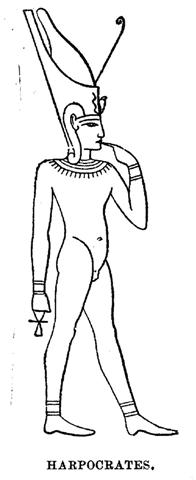1. We need a break. Let us move to ancient Egypt:  This figure I copied from the important book of Sir Norman Lockyear The Dawn of Astronomy, wherein he investigates the implications of the different orientations of the ancient Egyptian 'telescopes', i.e. temples which were built in order to focus on special stars in the sky. Among other things he found that such names as Horus, Isis, Seth, and so on, did not signify specific objects in the sky but instead served as general concepts. For instance could the names of the positions of Sun serve as labels for the concepts of rising, reaching apex, descending, and 'death':
"There was to all early peoples all the difference in the world, of course, between day and night, while we, with our firm knowledge, closely associate them. There was no artificial illumination such as we have, and the dark night did not so much typify rest as death; so that the coming of the glorious morning of tropical or sub-tropical climates seemed to be a re-awakening to all the joys and delights and activities of life; thus the difference between night and day was to the ancient Egyptians almost the difference between death and life." Harpocrates is the Greek version of Horus, the Sun child in the east. He can be identified by his S-formed hair lock and by the gesture of sucking his finger. What could be a better image for a child? |